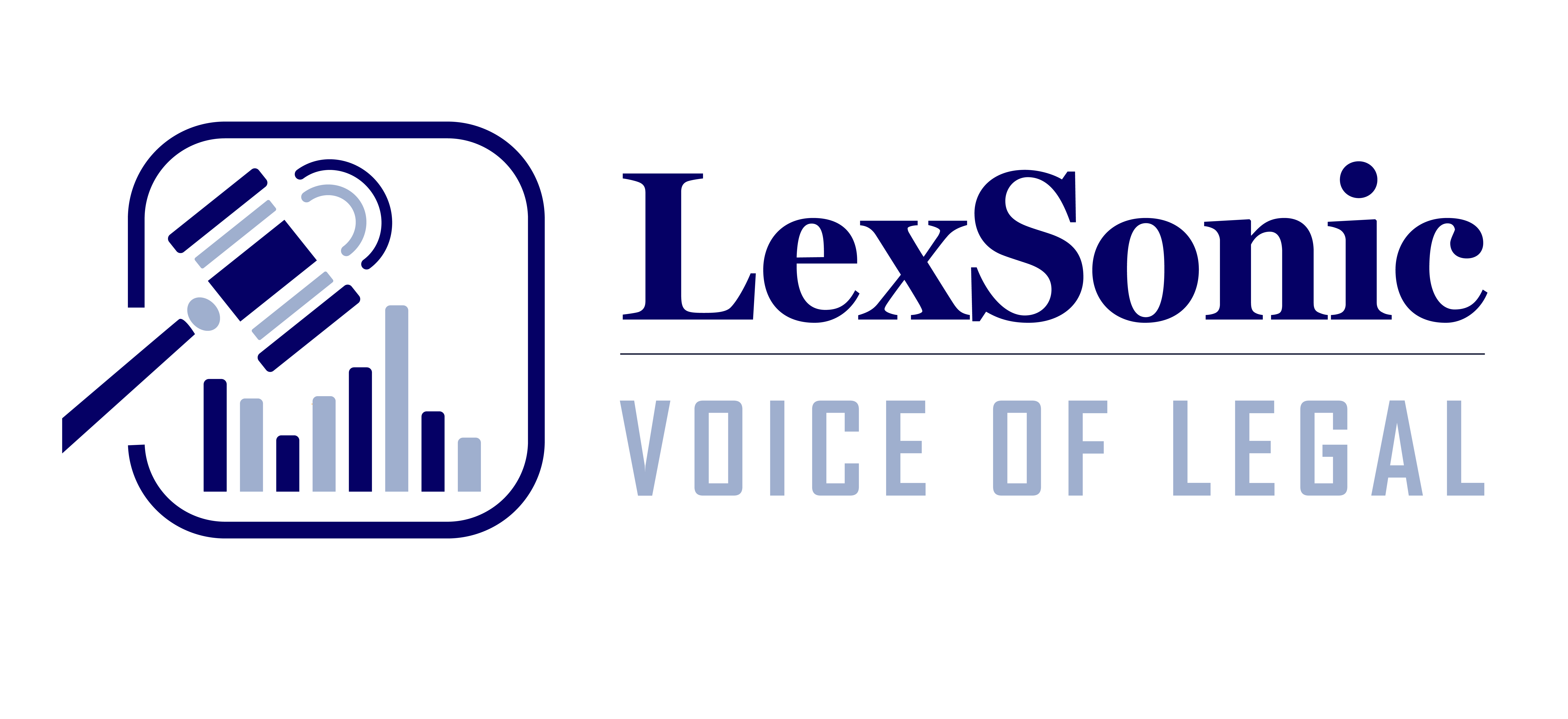Enhancing Compensation for Paraplegic Victims: Supreme Court Recognises Academic Potential and Medical Realities.
26 September 2025
Civil Appeals >> Civil & Consumer Law
The claim was made by a final-year commerce student who had also taken the Chartered Accountancy course. He was severely injured in the spinal cord (C4-5 fracture) when he was struck by an extravagantly driven car, rendering him completely bedridden from 2001 until his death in 2021. His mother kept pursuing the claim in his name even after his death.

Medical Expenses in Question:
The Court finally conceded that an extra Rs.20 lakhs was rightfully spent on the victim's long-term treatment for twenty years, in addition to what had been given by the High Court.
Earning Capacity and Future Prospects:
The Court took Rs.5,000 a month as the notional income for 2001, deducting 40% for future prospects as per the ratio enunciated in National Insurance Co. Ltd. v. Pranay Sethi. Applying the multiplier of 18, the Court recalculated the loss of income to Rs.15.12 lakhs.
Traditional Heads and Ultimate Calculation:
Independent of this, the Court also ordered payment of Rs.20 lakhs towards medical costs after the High Court order with no interest burden if paid within four months.
Key Takeaways:
- Courts are not obligated to limit notional income to statutory minimum wages if proof of greater academic or vocational potential is available.
- Authentication of medical bills cannot be negatived by insurance companies purely on grounds of geographical location.
- Long-term medical and rehabilitative expenses must be fully accounted for in cases of total disability.
